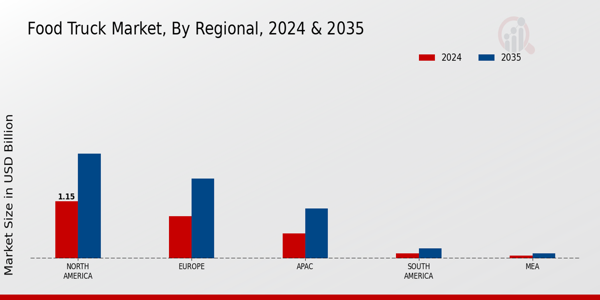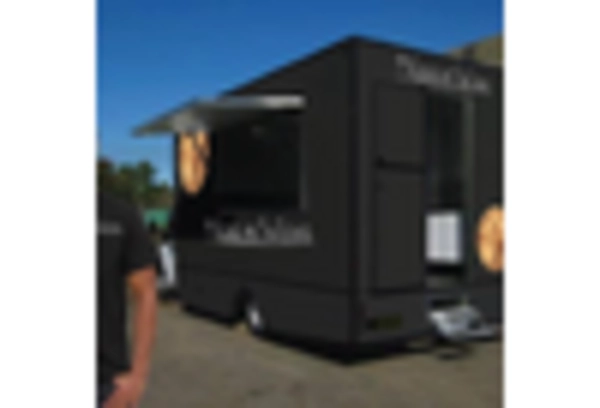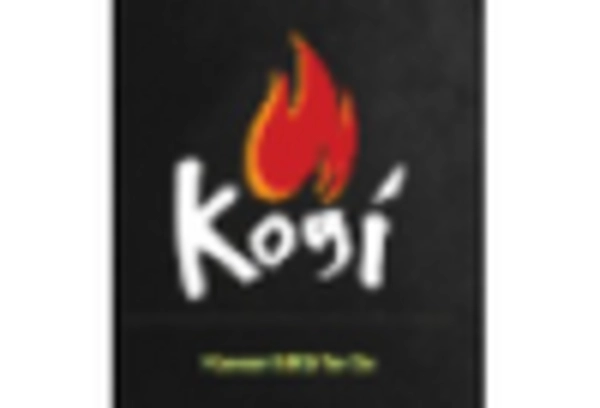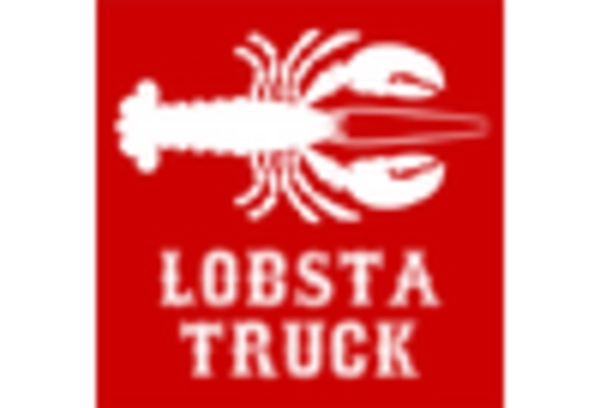Food Truck Market Summary
As per MRFR analysis, the Food Truck Market Size was estimated at 2.66 USD Billion in 2024. The Food Truck industry is projected to grow from 2.817 in 2025 to 4.992 by 2035, exhibiting a compound annual growth rate (CAGR) of 5.89 during the forecast period 2025 - 2035.
Key Market Trends & Highlights
The Food Truck Market is experiencing dynamic growth driven by evolving consumer preferences and innovative culinary trends.
- Gourmet offerings are increasingly popular, particularly in North America, where consumers seek unique dining experiences.
- Sustainability practices are gaining traction, especially in the Asia-Pacific region, as food trucks adopt eco-friendly operations.
- Social media engagement plays a crucial role in marketing strategies, enhancing visibility and customer interaction across various platforms.
- Rising consumer demand for convenience and innovative culinary trends are key drivers propelling the growth of the full-service and Mexican food truck segments.
Market Size & Forecast
| 2024 Market Size | 2.66 (USD Billion) |
| 2035 Market Size | 4.992 (USD Billion) |
| CAGR (2025 - 2035) | 5.89% |
Major Players
Gourmet Food Trucks (US), The Grilled Cheese Truck (US), Kogi BBQ (US), Frysmith (US), Curry Up Now (US), Lobsta Truck (US), Dosa Truck (US), Burgers on Wheels (US), Taco Truck (US)



















Leave a Comment